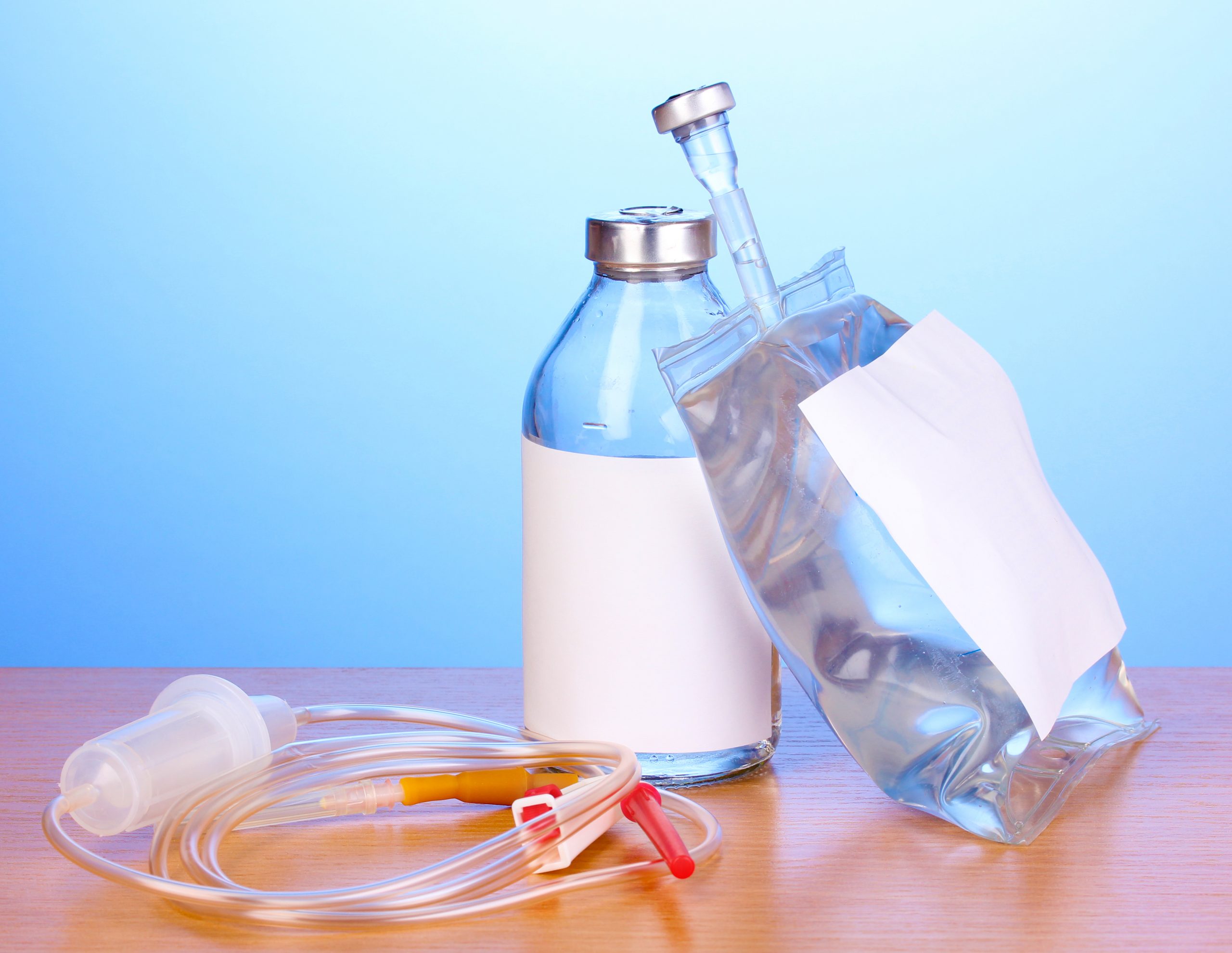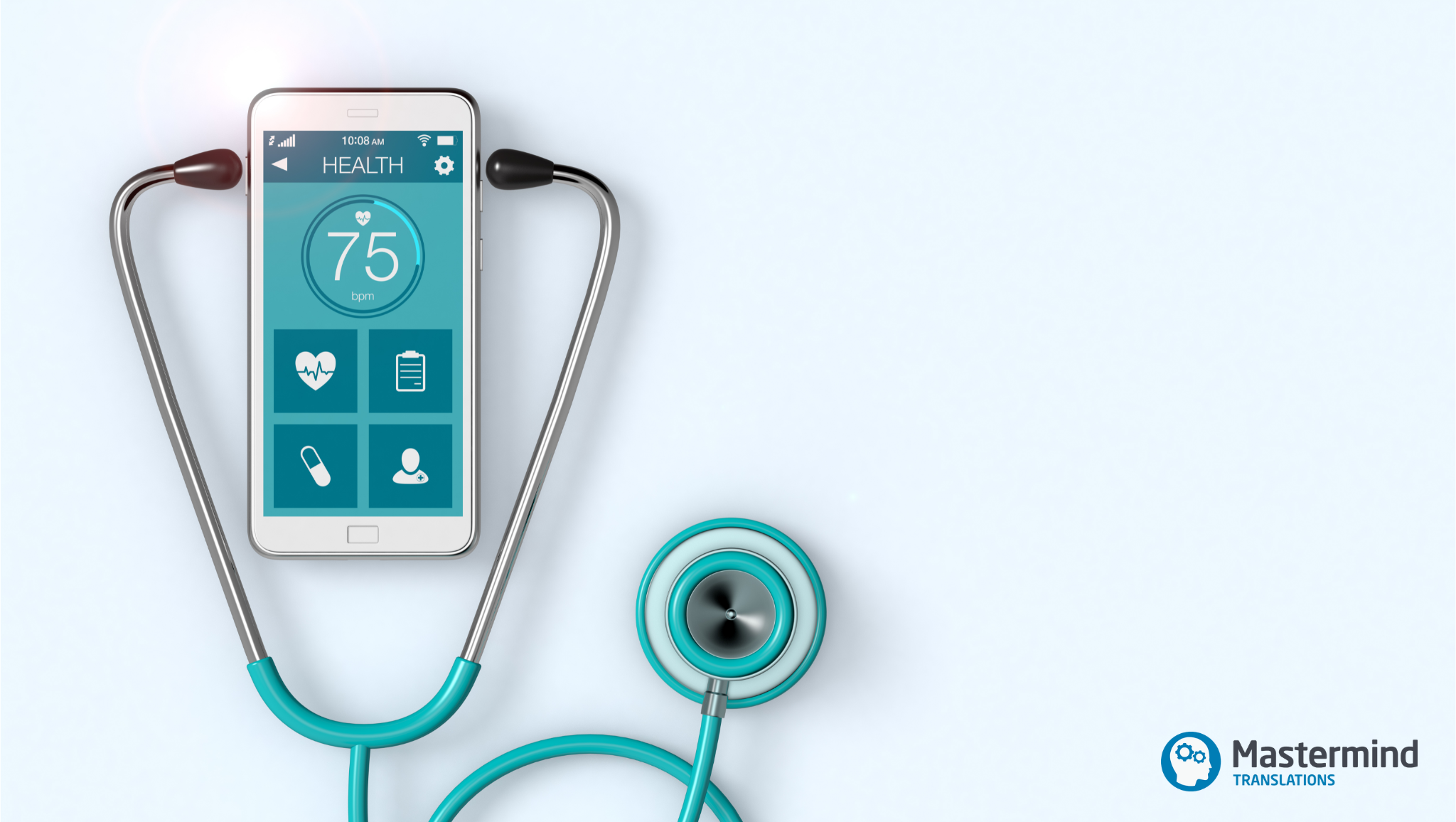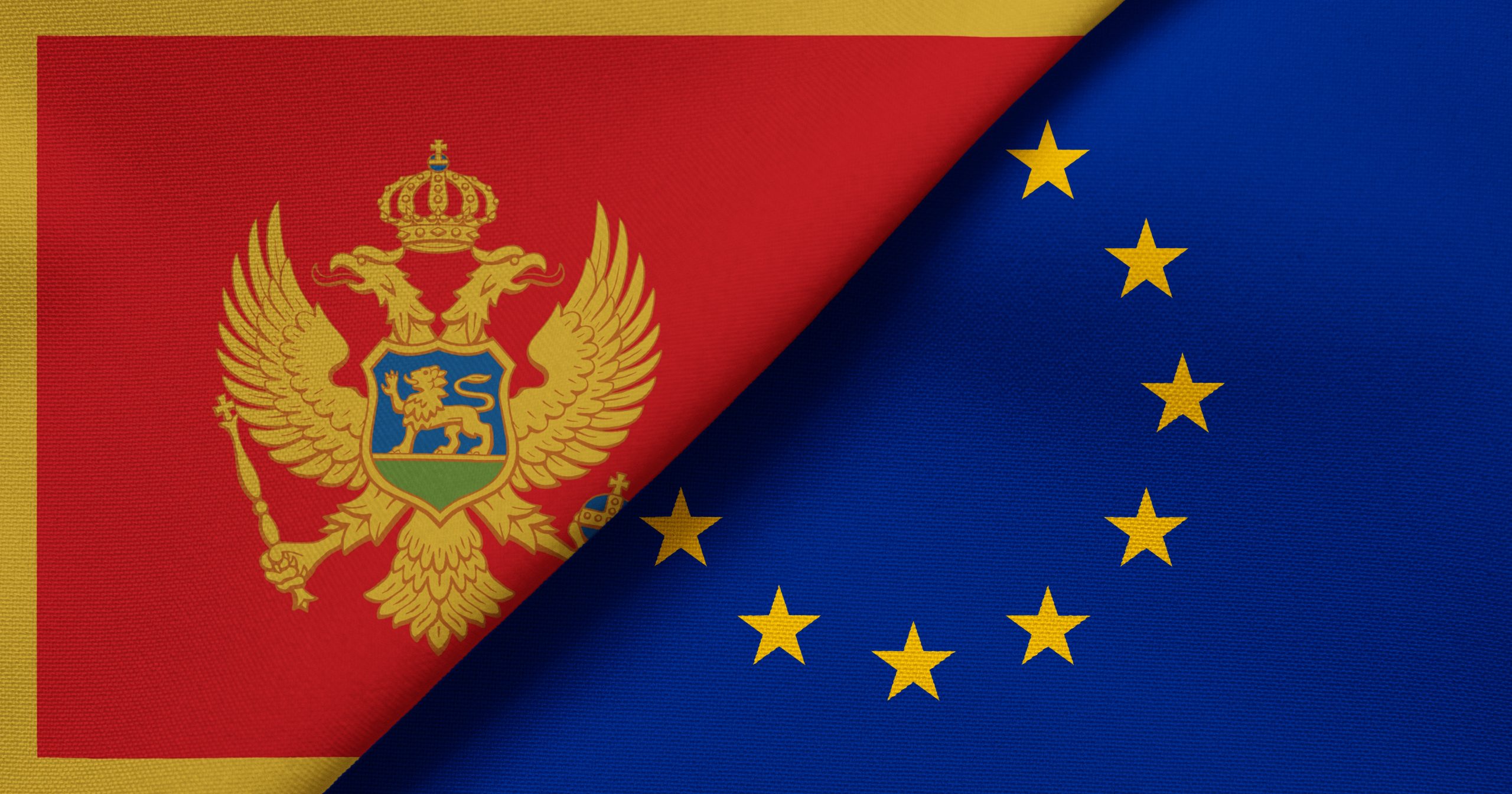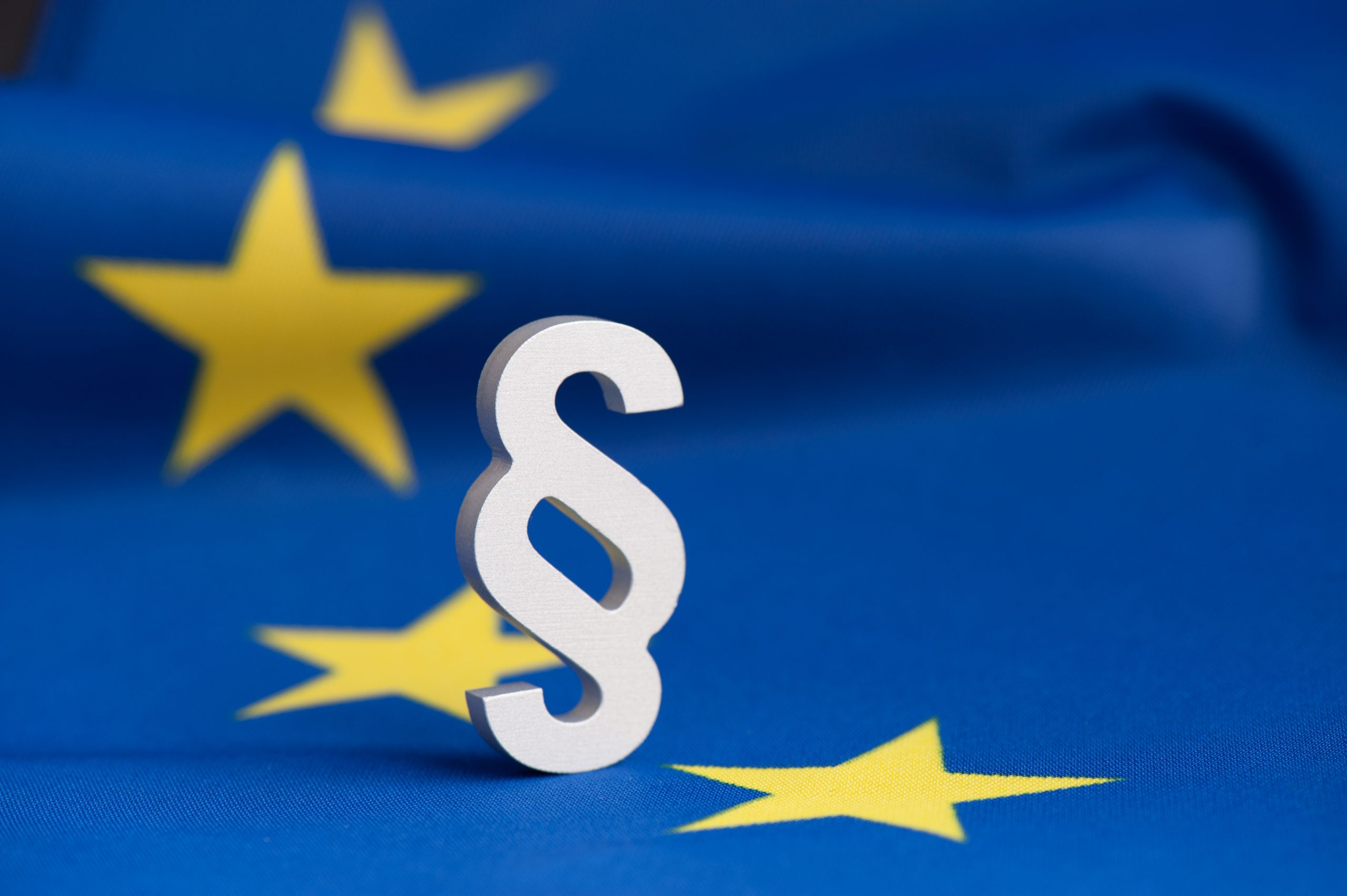Whether it’s to take advantage of the latest specialist treatment options, to enjoy a better quality of care, or due to personal circumstances, more and more people receive medical treatment in another country. Cross-border medical travel often requires a medical record translation service. Regardless of your circumstances, your medical documentation has to be translated swiftly and absolutely accurately.
In this article, we look at everything you need to know about having your medical records translated, including how the process works, and whether you need a certified translation.
What is a medical record translation service?
A medical record translation service involves translating your medical documentation with 100% accuracy from its original language (e.g. Polish) to the language of the country where you will receive treatment (e.g. English), so that your healthcare provider is able to make fully informed decisions.
Your medical records include any information about your physical or mental health recorded by a healthcare professional. They summarize your medical history (e.g. surgical and obstetric history, medications and medical allergies, family history, vaccinations, and social habits affecting your health, such as smoking), medical encounters, orders and prescriptions, progress notes, and test results (such as the results of blood tests, biopsies, or CT scans).
When is a professional medical record translation service needed?
There are various circumstances when medical records need to be presented in another language. In a typical scenario, a patient wishes to seek or continue treatment in another country. In order to provide the best quality of care, it will be essential for the healthcare provider to see at least some of the patient’s key medical records, such as hospital discharge summaries, details of their recent treatment, or results of their latest diagnostic tests and investigations.
Apart from giving your healthcare professional full insight into your medical status, in more practical terms, presenting translations of your most relevant medical documentation, such as the results of your recent genetic testing, X-ray, CT, PET, MRI or ultrasound scan, will often eliminate the need to have these procedures repeated, saving you time and inconvenience.
In our experience, patients commonly choose to travel abroad to access innovative private cancer treatment. Or they may have an ongoing health issue, such as injury-related chronic pain, cardiovascular disease, multiple sclerosis, or post-stroke disability, that was first diagnosed or treated abroad, and now wish to continue care within the public healthcare system of their usual country of residence.
Outside of this typical healthcare context, premium-quality medical record translation is also required in clinical trial research, when serious adverse events (SAEs), suspected unexpected serious adverse reactions (SUSARs), or serious adverse device effects (SADEs) are reported; in post-marketing pharmacovigilance and safety monitoring of drugs, for example the reporting of any side effects following the administration of the already approved Covid-19 vaccine; in personal injury and clinical negligence claims; in travel insurance claims; in criminal proceedings; and in many other situations not related to the provision of healthcare.
In fact, it’s within the clinical trial research and pharmacovigilance settings that we’ve developed our expertise in medical record translation.
How does the process of translating medical records work?
A typical project life cycle for a medical record translation service involves the following steps:
- Enquiry: You email us your document(s), and together we discuss what needs to be translated. For your convenience, you can provide your document(s) as a scanned copy or even a good-quality photo.
- Quote: We analyse the document(s) to assess how much time we need to prepare a high-quality translation. Based on that, we send you our quotation and propose a delivery deadline.
- Payment: Once you confirm that you’re happy with our fee and the deadline, we issue a VAT invoice, which needs to be settled before any work can commence. Payment can be made by debit/credit card or bank transfer.
- File preparation: We use OCR software to prepare an editable copy of your original document(s). This will help us work more efficiently with assistance of cutting-edge translation memory software.
- Translation: Medical Linguist Number 1 prepares a draft translation of your document(s) in SDL Trados Studio, a computer-assisted translation software suite.
- Editing: The draft translation is edited by Medical Linguist Number 2, who makes sure key personal details and numerical values are correct, and accurate terminology is used.
- Proofreading: Linguistic review proofreading is then performed to make sure the final translated document(s) mirror your original document(s) in terms of their content and layout.
- Delivery: You receive your final translated document(s) in PDF format by email (or by post, if requested).
This project lifecycle follows the requirements of the ISO 17100:2015 Translation Services standard.
Why should medical records be translated only by medical linguists?
We have 15 years of experience in life science translation, and can safely say that medical record translation is one of the most challenging areas of medical translation. Patients’ medical documentation can cover a wide spectrum of medical fields, from gynaecology to genetics, and therefore include highly technical terminology. Acronyms and abbreviations, country-specific vocabulary, hand-written notes, and complicated layouts add further difficulty to what is already a complex task requiring in-depth knowledge of medicine in two different languages.
Unlike general translation providers, professional medical linguists have a scientific background and can combine medical knowledge with language skills to give you peace of mind that your medical records will be translated with 100% accuracy. Patient safety is always our top priority. Medical translators also have hands-on experience in working specifically with medical documentation, which means we can translate not only better, but also faster.
Do I need my medical record translation certified or notarised?
Our clients often ask whether the translation of their medical documents needs to be certified. In the UK, an officially certified translation means that the language service provider, such as us, has issued a signed and dated statement of truth to confirm that the completed translation is an accurate and true representation of the original document(s). This official declaration on the company’s letterhead paper is attached to the translation. You can view a sample here. This declaration doesn’t make the translation any ‘better’ or ‘more accurate’. It merely allows it to be used for legal purposes.
In a typical healthcare setting, translation of your medical records will serve as a source of medical information for the healthcare professional looking after you, and will not be used in a legal context. Therefore, in most circumstances, a certified translation isn’t required.
A notarised translation is very similar. In this case, however, the declaration is signed and stamped in front of a solicitor or public notary, who also provides their stamp and signature to add another layer of certification. As with certified translation, the purpose of a notarised translation is to prove the legality of the translation and not its quality. Also, this additional service substantially increases the overall cost of the translation.
How we have helped patients with their medical record translation
In recent years, we’ve seen a significant increase in the number of people who contact us to have their medical records translated. The majority of these requests come from family members of cancer patients who wish to obtain a second expert opinion overseas, or explore alternative treatment options that aren’t available in their country. To date, we’ve helped more than 150 cancer patients access specialist oncology treatment in the USA, Germany, Israel, Switzerland, and Finland. Our most recent client had her medical documentation translated from Polish into English in order to consult world-renowned oncologists in Boston, USA, and receive state-of-the-art therapy for her acute lymphoblastic leukaemia. Read her story here (in Polish).
We fully understand the delicate nature of medical record translation, and strictly adhere to the UK General Data Protection Regulation (UK GDPR). You can rest assured that your confidentiality will always be respected, and sensitive data will never be shared with third parties.








1 Comment